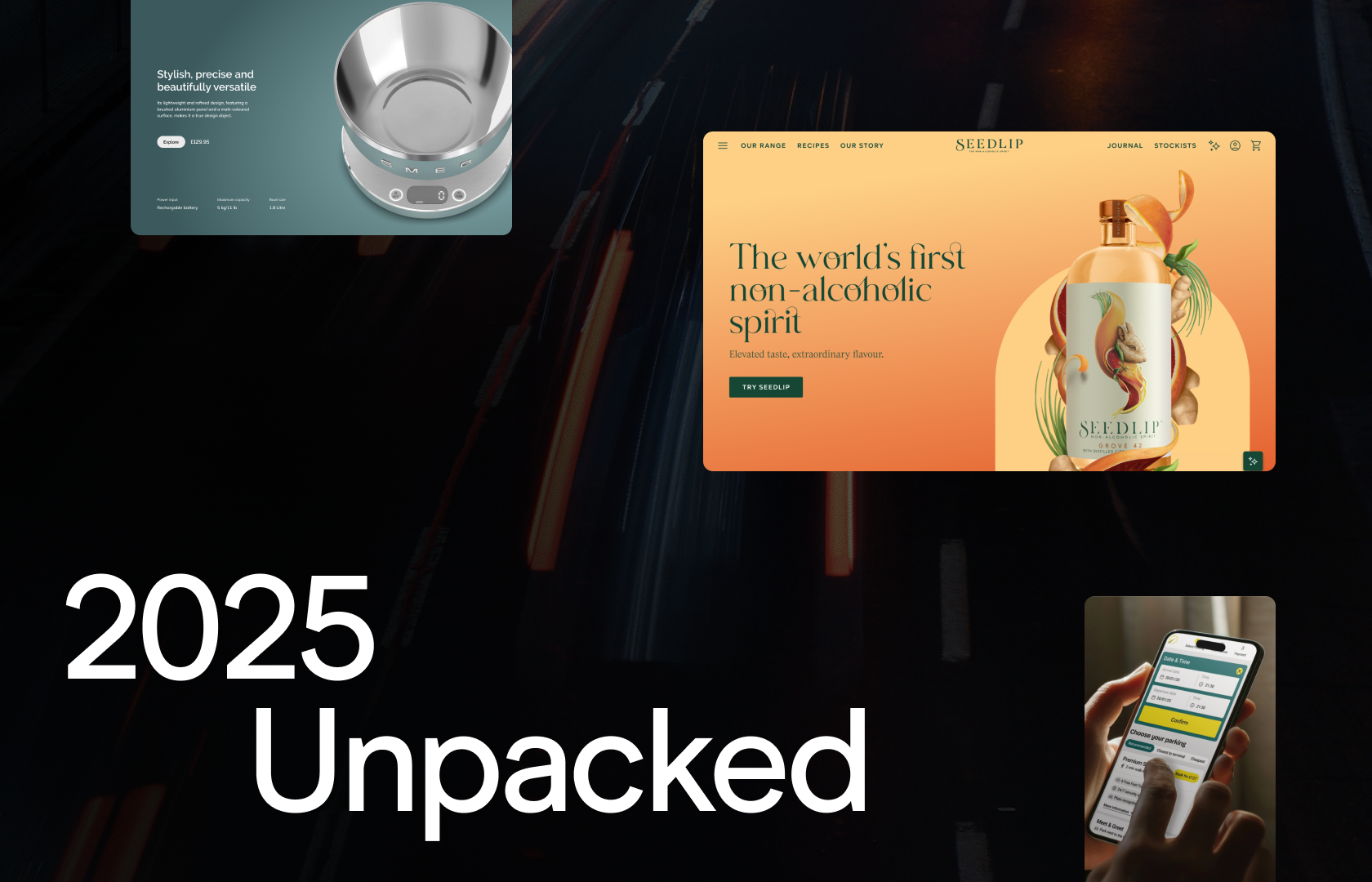Sitecore Horizon is a next-generation editor interface that brings the content editing experience right up to date and offers marketers some great new features. The content editing experience in Sitecore has always had two options:
- The Content Editor, where authors can navigate the content tree and edit an item’s fields.
- The Experience Editor, where non-technical authors can edit content in a WYSIWYG editor.
Sitecore recommends that sites should be built to support editing using the Experience Editor, as this reduces the need for training and controls the level of access users have to content. The Experience Editor has been in the platform for a long time (since version 6.5) and was built before rich web user interfaces were commonplace, so it’s high time that the editing experience was switched up a gear.
Over the last couple of years Sitecore have been hard at work with UX research and taking on feedback from the community to produce Sitecore Horizon. Horizon has been built from the ground up with the end user in mind and combines the best bits of the Content Editor and the Experience Editor.
Installation
Sitecore has been trying to make life easier for developers and in this Sitecore 9.3 release they’ve made huge improvements in the way you install Sitecore. Installing the platform is now a breeze with the install assistant and installing Sitecore Horizon is also no exception.
Sitecore provide clear documentation on how to install Horizon and a PowerShell script with a few settings that need changing for your setup. We managed to get a developer version of Sitecore and Horizon running within an hour.
With Sitecore Horizon set up and ready to go, here’s a look at some of the new features:
Speed up your experience with page editor
The page editor offers a faster experience than the Experience Editor and is also more intuitive. The editing experience has been stripped back and is much more light weight and focusses on the everyday needs of marketers.

From the page editor interface, you can edit content, create pages, add components to the page and publish. The page editor uses a lot of contextual menus, which results in fewer clicks and allows the editor to carry out their tasks without moving to different screens or navigating dropdown menus.
The existing Experience Editor interface has grown in complexity over the years and added features such as A/B testing and personalisation. These features are not in Horizon yet and for now you’ll still have to use the Experience Editor to access these, but if you need simple interface for a CMS author then Sitecore Horizon is perfect.
Page Insights
Once you have created and published your content you can monitor the page’s performance in the view just by clicking the bar chart icon. Here you can keep track on the value per visit and the conversion rate of the page all within the context of the page rather than using the separate Experience Analytics interface.

The insights view gives you the following metrics for the page:
- Visits per day and average value per visit
- Conversion rate by date
- Time on page by date
- Bounce rate
- Time on this page
- Bounce rate by date
- Simulator Mode
In the simulator mode you can preview how your site will look in different devices. Currently iPhone 7, iPad and desktop, again all within the context of the page you’re editing. In the example below we can see how the page will look in an iPad.
The simulator view also gives you the option to rotate the device and even allows you to edit while in these different device views.
This is a great addition that can not only help marketers, but can also help developers. Front end developers could potentially use this simulator view to help them design and debug visual issues for various devices.
Simulator Timeline
As content gets updated in Sitecore and different version of the content is created it has always been difficult to keep track of what changes were made to a page and when. The simulator timeline makes this easy and allows you to see the changes to the page over time.

With the simulator timeline enabled the user can drag the marker along the timeline, day by day and see the precise date and time of the changes.
Behind the scenes
Looking behind the scenes of Sitecore Horizon, the interface is a separate .Net Core application and sits in a separate website to the content editor. With Sitecore’s endeavours to build a true headless CMS, with scalability, it makes sense that Horizon is decoupled so it can be scaled separately from the traditional CMS role.
Horizon also uses GraphQL and Sitecore Hosts architecture. Sitecore Hosts is a pluggable framework that standardises base functionality for development. Sitecore are now using this modular pattern to release new features that sit outside of the normal Sitecore content management vs content delivery role. Horizon is one of the first examples of this.
The future of experience management
The Horizon Experience Editor offers a slick new, page-focused intuitive interface that makes it easy for marketers to edit and optimise content. It is a vast improvement from the Experience Editor interface and offers higher levels of productivity when editing content. Although this is the first release of Horizon, in future releases of Sitecore we expect the Horizon editor to have more features added and eventually the Experience Editor will become legacy.
Horizon also gives us a glimpse of where Sitecore is heading in terms of underlying technology and architecture. The future definitely seems to have more of a focus on .NET core and a decoupled and future proofed architecture.
If you’re considering embarking on a new Sitecore project or considering a Sitecore 9 upgrade to version 9.3, its highly recommended to install the Horizon interface.
How can your organisation benefit from Sitecore Horizon?
Sitecore is constantly evolving, with each update comes new and innovative features. We’re a long-standing top tier Sitecore Partner, with decades experience helping enterprises achieve their digital strategy goals.

